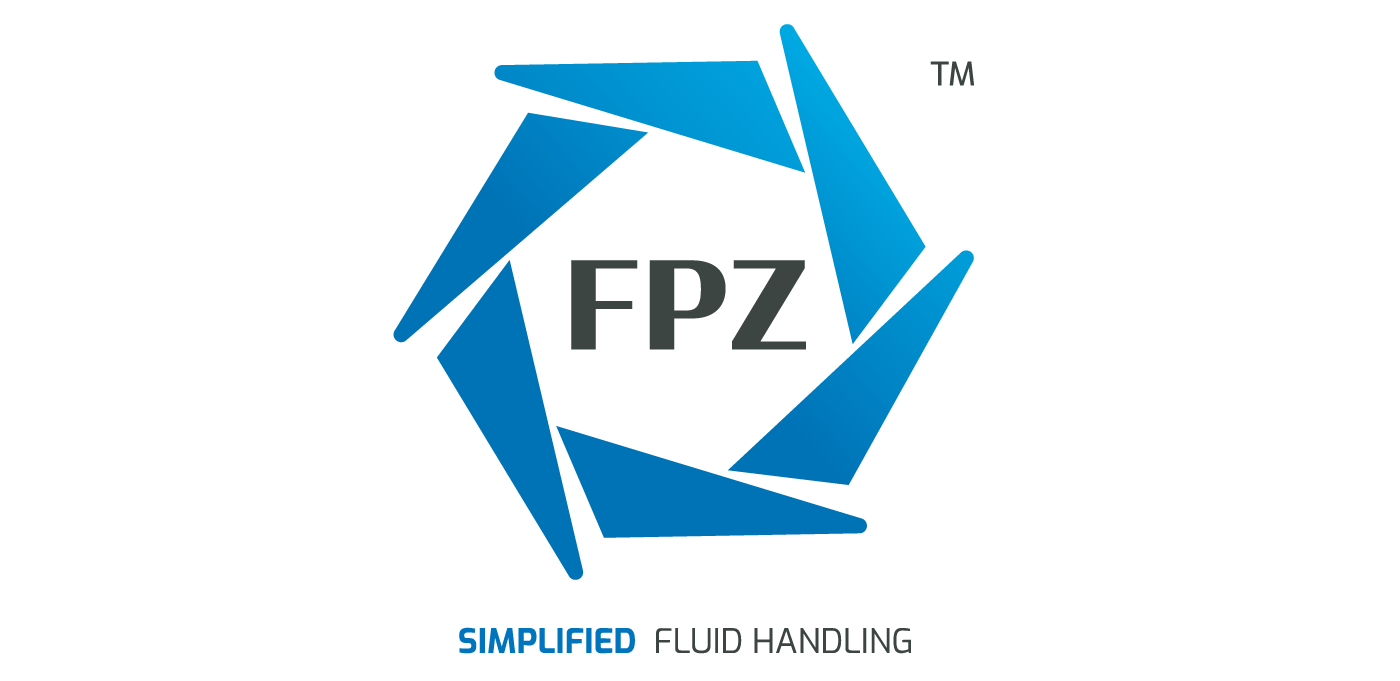
Regenerative Blowers
Regenerative blowers, also known as side channel blowers or ring compressors, are widely used in many industrial processes that require efficient air or gas movement.
This type of blower has an impeller blade mounted inside a housing. As air passes the inlet port, impeller blades draw air in and accelerate the air outward. The air moves faster and faster as each impeller blade strikes it. At the housing base, an air stripper diverts the air out, reducing the speed and increasing the pressure.
Typical applications of the regenerative blower are pneumatic conveying systems, packaging, handling of workpieces with vacuum systems, wastewater treatment systems, dust transport, printing, pharmaceutical industries, fish pond aeration, food and beverages, metalworking, mining, construction, and many others.
HVH Industrial works with the specialized engineering teams of manufacturers to meet our customer's requirements and the highest quality standards.
If you have any questions, write us via live chat (one of our team members will answer your questions), give us a call, or send us a quote request. The HVH team is always ready to help you.
 1(866)577-4040
1(866)577-4040
or
Regenerative Blowers
Manufacturers
What are Regenerative Blowers
Regenerative blowers are positive displacement blowers that are used in a wide range of industrial, commercial, and residential applications and are designed to move a specific volume of air or gas at a specific pressure.
A regenerative blower consists of an impeller with blades radiating out from it. The impeller is enclosed in a housing with an empty space between the blade tips and the housing to prevent contact, while the housing provides a protective cover for the blower and helps reduce turbulence and noise
Regenerative blowers work by drawing in a certain volume of air from one side of the blower housing and then forcing it out the other side; the air is drawn in by the impeller through the inlet port and comes into contact with a blade on the impeller. Contact with the moving blade causes the air to accelerate, propelling it outward toward the housing. The blower's pressurized air is discharged through the exhaust outlet.

A circular ring of space between the impeller blades and the housing allows some air to pass through the first blade with which it comes into contact. Because of this, regenerative blowers are also known as ring compressors or ring blowers. The air that passes is directed to the base of the next blade, and when the air makes contact with the second blade, it re-accelerates in the same way that the first did.
Regenerative blowers are efficient because they do not rely on centrifugal force to generate the pressure required to move the air or gas. Instead of using centrifugal force, they rely on the blades to generate a pressure differential, which is far more efficient. Additionally, regenerative blowers are very low maintenance and require little to no lubrication.
Advantages of Regenerative Blowers
-
High efficiency: Regenerative blowers have a much higher volumetric efficiency than traditional blowers and can produce larger volumes of air at lower speeds and with less power consumption, resulting in lower energy costs.
-
Low noise and vibration: Regenerative blowers operate at lower speeds and therefore generate less noise and vibration than traditional blowers.
-
Compact size: Regenerative blowers are easier to install and maintain than traditional blowers because of their compact and light design
-
Low maintenance: Regenerative blowers require little maintenance, and since they operate at lower speeds, wear and tear are significantly lower than with traditional blowers.
-
Low-pressure drop: Compared to conventional blowers, regenerative blowers produce a much lower pressure drop, which means less energy is lost in the air delivery system.
In conclusion, regenerative blowers are a cost-effective and efficient way to move large volumes of air or gas. They are also used to supply clean, filtered air and vacuum pressure. Regenerative blowers can be used for a variety of purposes, including air conditioning, ventilation, exhausting, and air filtration. Regenerative blowers can also be used as part of a larger system to control the speed of a fan or other piece of equipment.





